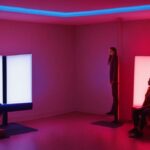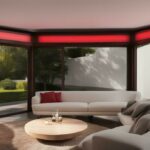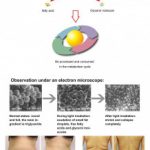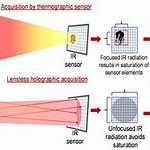Last Updated on 12 months by Francis
Light therapy for SAD (Seasonal Affective Disorder) is a popular treatment method that involves exposure to artificial light to regulate the body’s circadian rhythms and improve mood. SAD is a type of depression that occurs during the fall and winter months when there is less sunlight. Light therapy has been shown to be effective in treating SAD and is often used as a first-line treatment option. In this article, we will discuss the benefits, risks, and how light therapy works for SAD.
Contents
Understanding SAD
Seasonal Affective Disorder (SAD) is a type of depression that occurs during the winter months when days are shorter and there is less natural light. It is estimated that up to 10% of the population in northern latitudes experience SAD, with women being more affected than men.
SAD symptoms include feelings of sadness, hopelessness, and worthlessness, low energy, difficulty concentrating, and changes in appetite and sleep patterns. SAD can significantly affect a person’s quality of life and ability to function normally.
Causes of SAD
The exact cause of SAD is not fully understood, but it is believed to be caused by a combination of genetic, environmental, and biological factors. Reduced exposure to natural light during the winter months can disrupt the body’s circadian rhythm, leading to decreased levels of serotonin and melatonin, which play a role in regulating mood, sleep, and appetite.
Treatment Options
There are several treatment options available for SAD, including medication, psychotherapy, and light therapy. Light therapy is a safe and effective treatment that involves exposure to bright, artificial light that mimics natural sunlight.
Light therapy works by stimulating the body’s natural circadian rhythm and increasing the production of serotonin and melatonin. It involves sitting in front of a lightbox for 30 minutes to an hour each day, usually in the morning. Light therapy has been shown to be effective in up to 80% of people with SAD.
Key Takeaway: Light therapy is a safe and effective treatment for Seasonal Affective Disorder (SAD) that works by stimulating the body’s natural circadian rhythm and increasing the production of serotonin and melatonin. When choosing a lightbox, it’s important to select one that emits at least 10,000 lux of light and to use it consistently each day for at least 30 minutes. Light therapy has been shown to be just as effective as antidepressant medications for treating SAD, but with fewer side effects.




.jpg)


